Why do chickens throw feather? It can be late molting. Most often with molt delayed chickens of egg rocks due to protein shortfold. With intensive egg production on the formation of eggs, nurses require a large amount of protein, so the feed rich to them must be included in the diet in the first challenge. Especially suitable avian feed feed, in 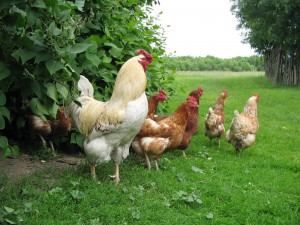
A large amount of protein feed is also required by the chimes, which for autumn still did not have time to polish, because the protein is necessary not only for the formation of eggs, but also a pen. Moreover, good nears are so "wearing" from the reinforced eggs, that their body does not have time to fill the spent protein, it lacks it for the construction of the pen, and they are forced to walk barely long.
Resetting of the plumage occurs as a result of the violation of the metabolic chickens due to the lack of sulfur-containing amino acids (methionine, etc.). So the quirk in order to avoid it is recommended to give cabbage (white-coined, stern, broccoli, kolrabi, etc.), which contains sulfur.
Chickens are taken away and with the defeat of their fluffy. Puffers, or low-fags are considered constant outer parasites of birds. These are small (1 - 3 mm) outless pale yellow or brown insects that are bristles, claws, jaws are attached to feathers and move freely. They dwell under the feathers closer to the back of the body. Feed on the down, beans of feathers, listening to leather flakes, blood and lemph made from abrasion on the surface of the skin. Their number on one bird can reach several thousand.
Infection occurs when contacting a healthy bird with a patient, as well as with a molting through the inventory, litter, petrolers, nests. Promotes the spread of the disease and non-observance of sanitary rules, poor care for the bird and the crowded content. Insects can live for a long time and multiply in nests, cells in which there are feather and fluff.
Setting on the skin, parasites cause her irritation, as a result of which itching appears. Chours often and for a long time, move the beak with the beak, opened parasites, and often together with feathers, which is considered one of the characteristic signs of this ailment. With a strong lesion, when many hundreds and thousands of fluffs are parasiticizing on one bird, it appears bare parts of the body in the neck, chest, around the cloac. Such chickens, especially chickens, are poorly growing, losing weight, lacking noticeably reduce egg production.
When detecting Pushoproeroists, the entire bird being disinfected. It is sprayed with a 2% oxamate emulsion at the rate of 25-50 ml per head. The drug is highly efficient against fluffyers, non-toxic for birds (unlike chlorofos, etc.), does not stand out with an egg from treated chickens. From folk remedies recommended ash baths, in which they love to flounded chickens. For this, the wooden box is filled with fine dry sand in a mixture with ash.


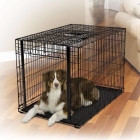
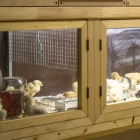
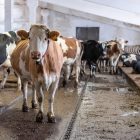
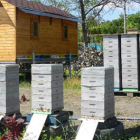
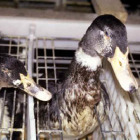
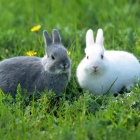
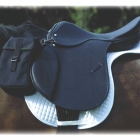
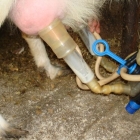
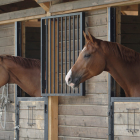
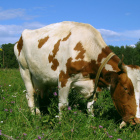
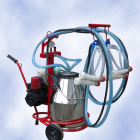
 Start a discussion ...
Start a discussion ...